A Sepa investigation to examine the cause of fish deaths on the River Spey has established a possible reason.
Officially about 50 fish were found dead in the water in early September. However, it is understood the actual number could be considerably higher.
Groups of paddleboarders, hikers, canoeists also became sick. There were reports that a child and several dogs were also unwell after swimming in the river.
Sepa has now concluded an investigation and established that low oxygen levels in the River Spey at the time are the likely cause of the fish deaths.
However, concerns persist among the communities on the river that the theory does not explain what caused the people and dogs to become “violently sick”.
What happened in River Spey to cause fish deaths?
Sepa’s investigation found “no evidence” of pollution in the River Spey after taking water samples and contacting distilleries and other businesses in the area.
The fish deaths coincided with the unseasonably warm weather in early September.
Officials believe the hot temperatures of the period are the likely cause of the deaths.
Cool water is able to hold more oxygen due to it having slow-moving molecules. As water heats up the molecules move faster, pushing out some oxygen. The result of the issue gets worse the lower the water levels are.
A Sepa statement read: “Low water levels and high temperatures, experienced around the time when dead fish were discovered, can lead to low oxygen levels in the water.
“It is well documented that this can and has previously led to fish mortalities in rivers and lochs.
“Low oxygen levels are typically associated with mortality in larger fish, which is consistent with findings in our investigation.
“We understand this has been a matter of deep concern for the local community and remain committed to our routine monitoring of the River Spey catchment.”
Officials say they will still review any new information it receives about the incident.
Sepa’s Spey investigation didn’t examine human illness
Sepa’s investigation makes no mention of the reasons why the child, hikers, paddleboarders and canoeists also became ill.
It also did not provide an explanation as to why the same number of fish deaths were not reported during the hot temperatures and low water levels in the summer.
The Press and Journal has spoken to multiple people who make their living on the Spey about their observations of the water during the period.
One said: “Low oxygen levels is a perfectly valid reason for fish deaths. However, I don’t think that’s what’s happened here due to the sheer number of fish that have died and the fact people have also become unwell.”
The Spey Fishery Board has previously reported that if any pollution had occurred then it was likely washed away now.
Sepa has also stressed that there has been no deaths of other species that live in the river and there had not been a notable increase in visits to healthcare providers at the time.
The agency says it will continue its monthly chemical reporting of five locations between Laggan and Fochabers and sampling at a further 11 sites.
Anyone who witnesses pollution on the River Spey should contact Sepa by calling 0800 80 70 60.
Paddleboarders who navigated Spey ‘violently sick’ after completing five-day trip
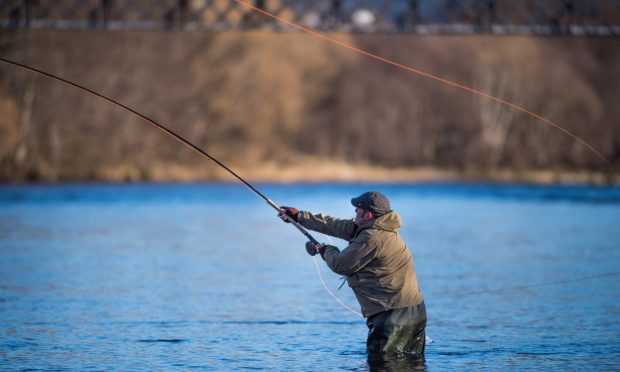
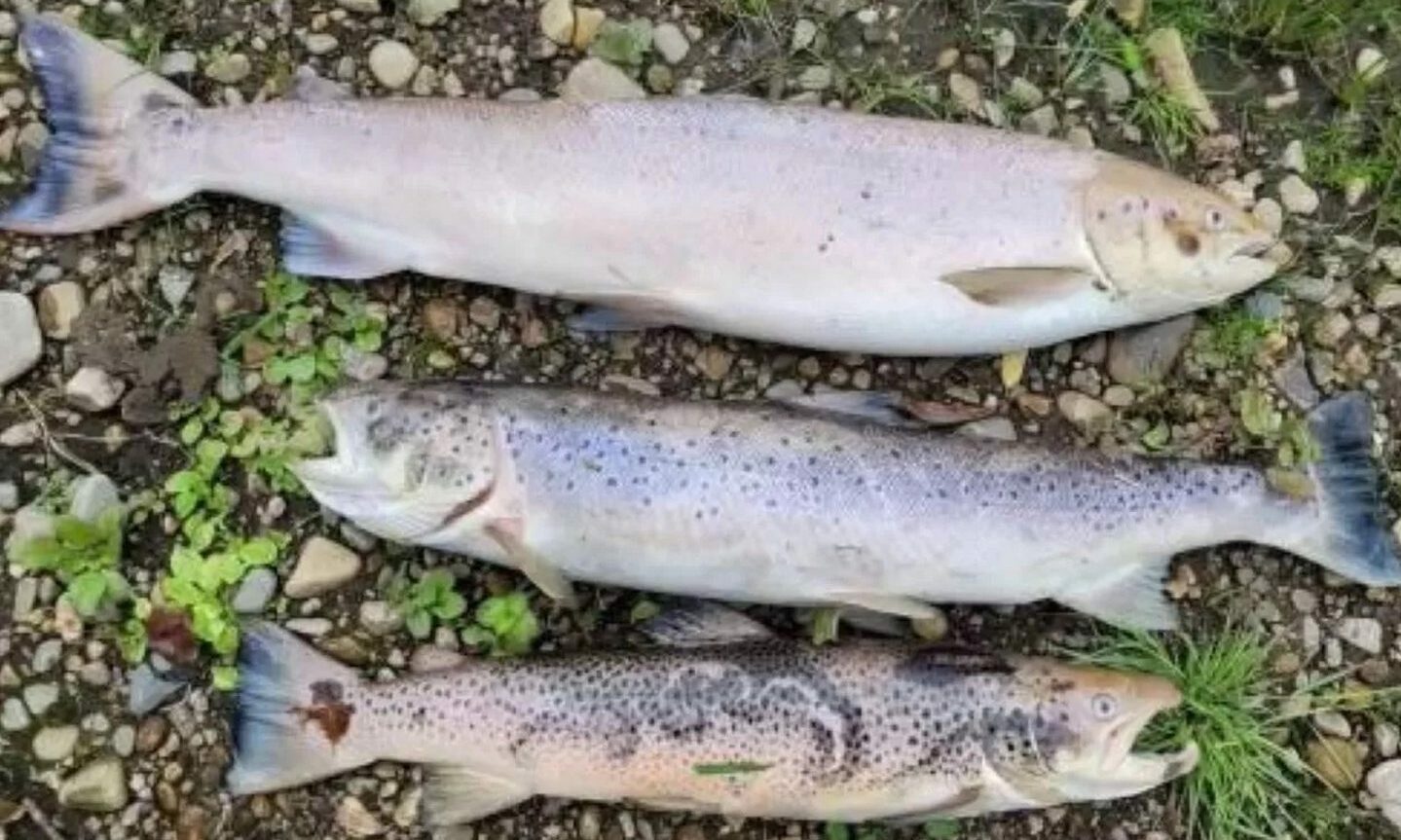
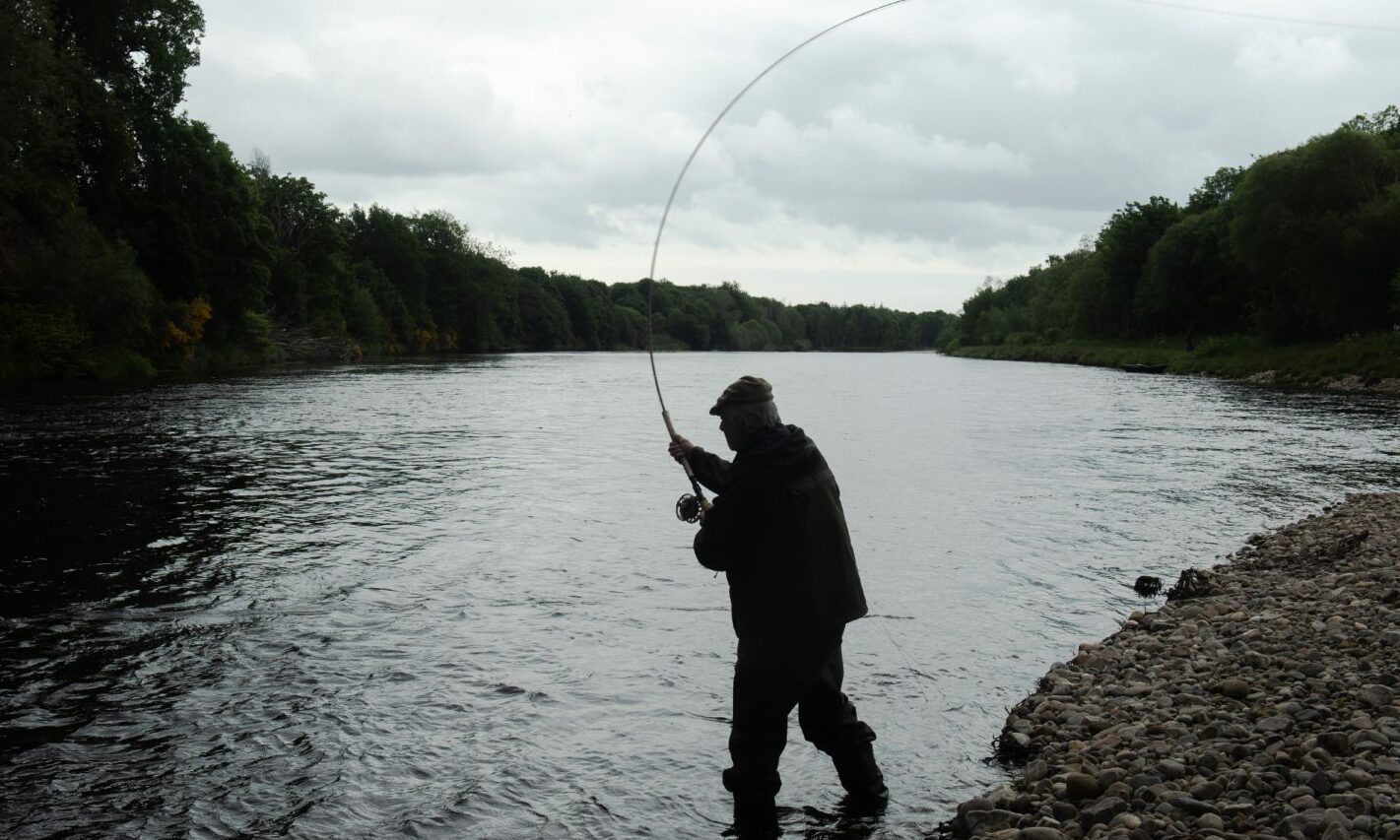
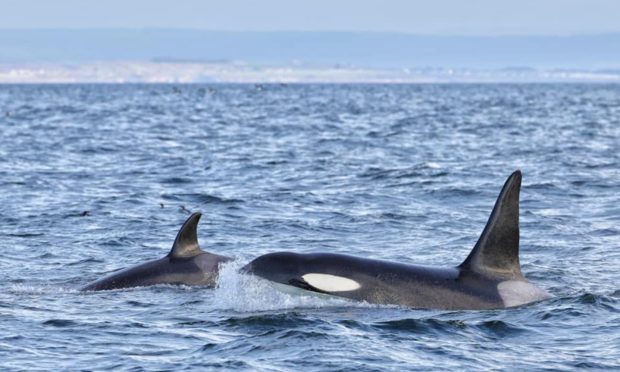
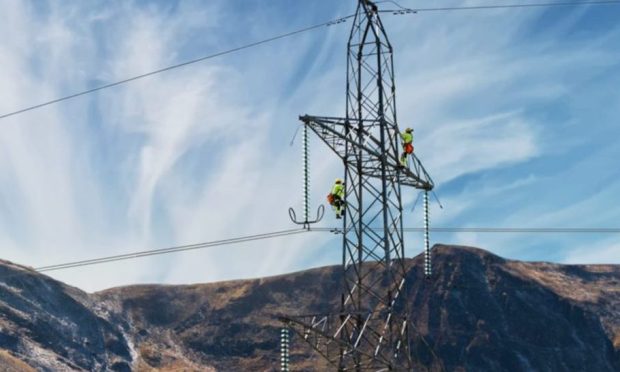








Conversation